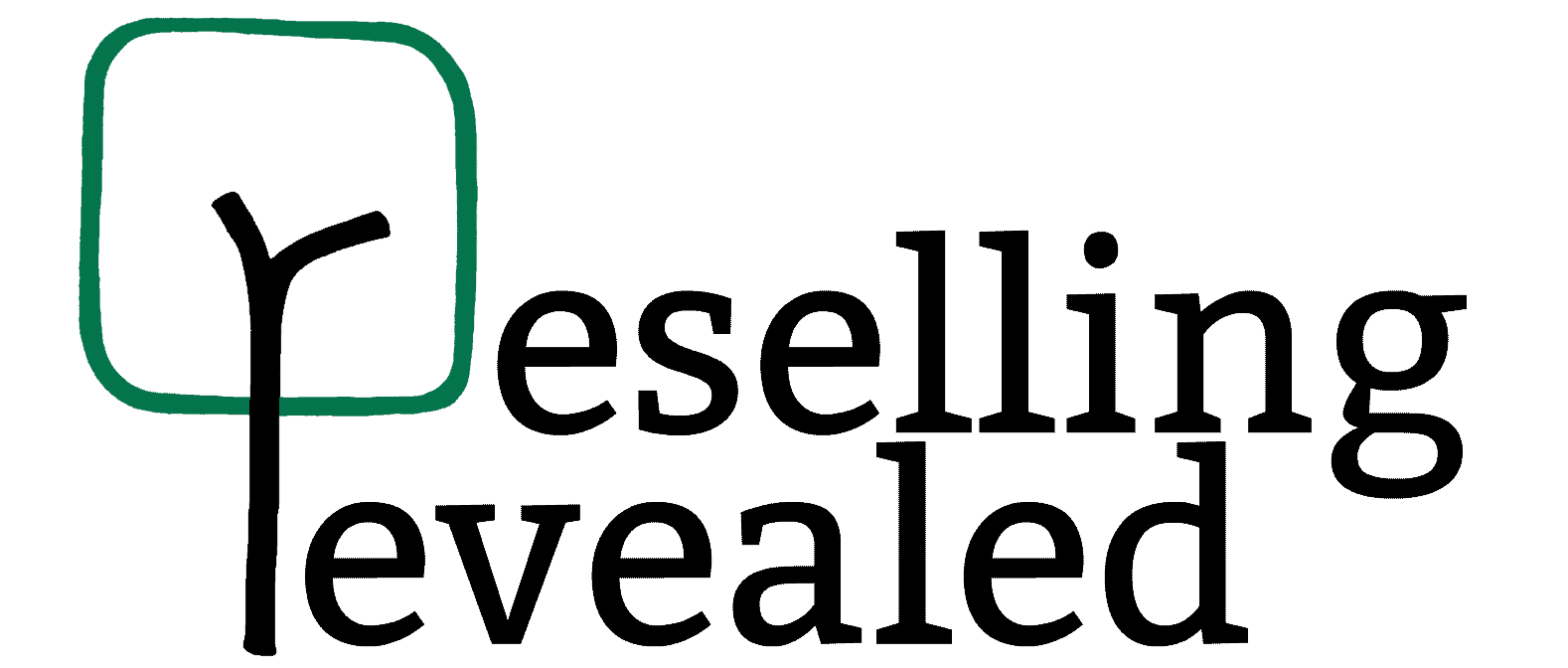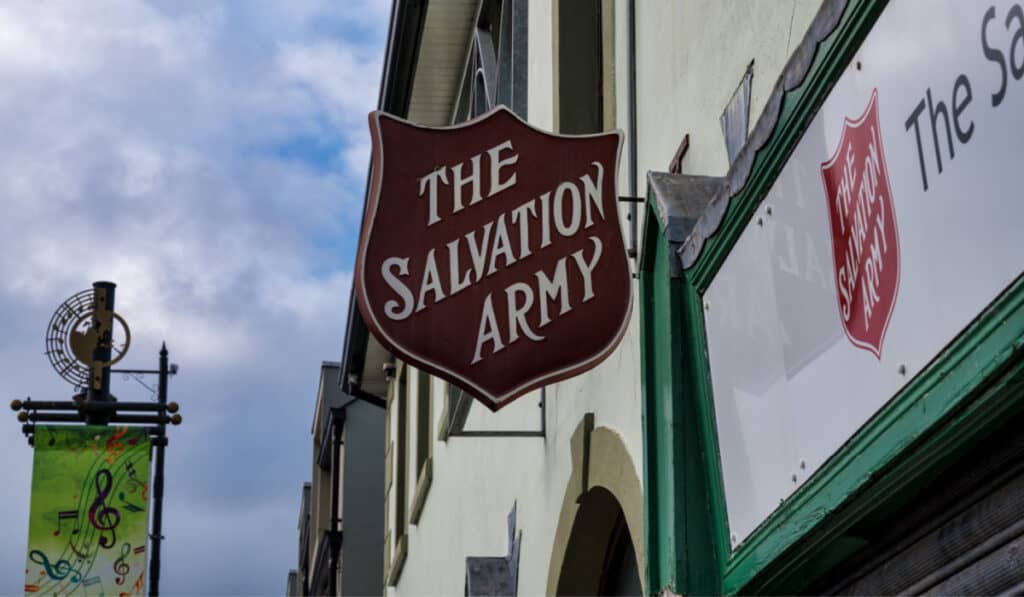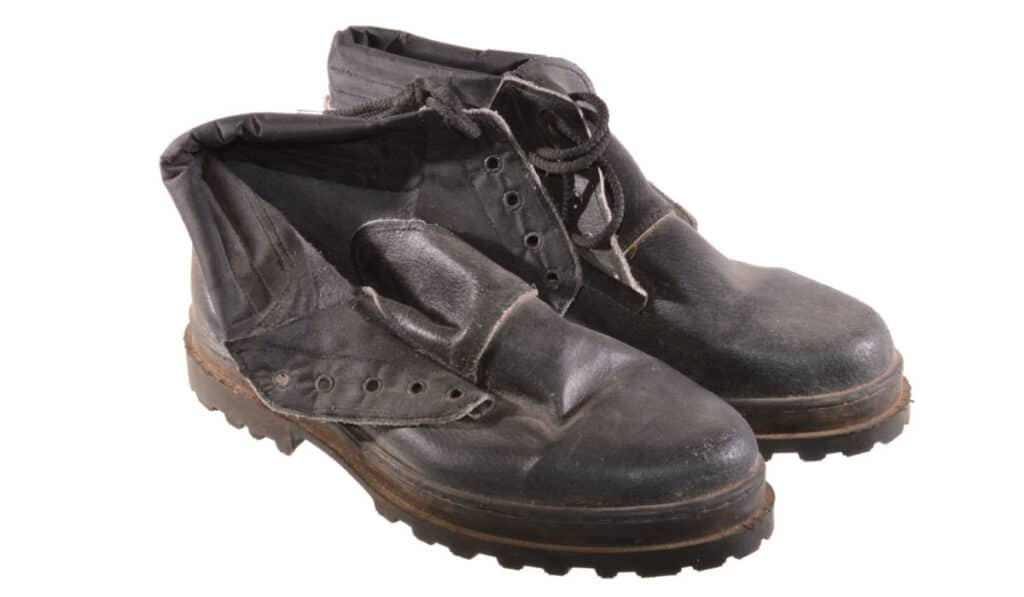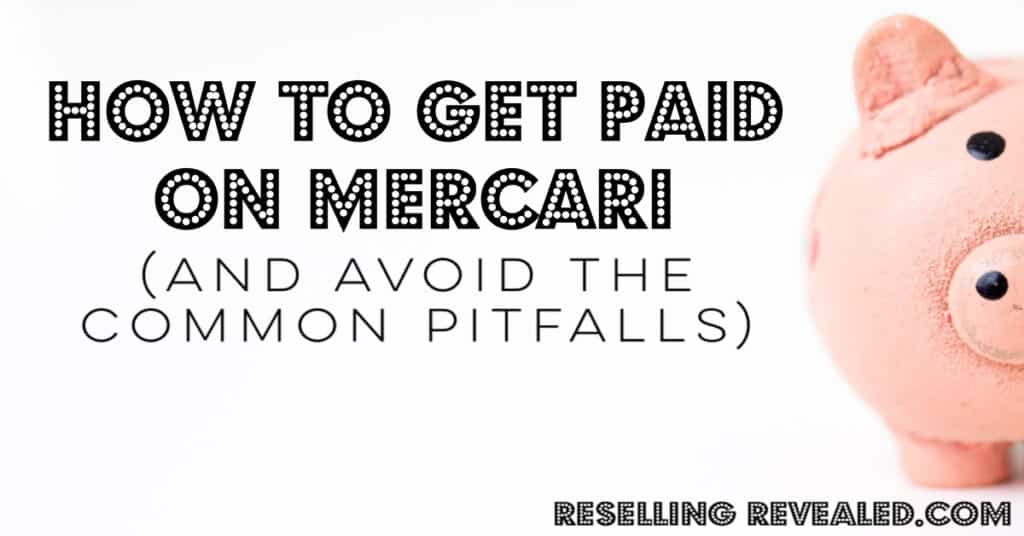As an Amazon Associate I earn from qualifying purchases.
Every reseller gets excited when a new platform starts getting popular.
I mean, we all know that sites like Craiglist have gone the way of the dodo and even eBay seems to be gasping for life.
However, just because there’s another platform around doesn’t mean it’s worth using.
Even though I resell full-time I have a finite amount of resources (not to mention hours in the day) that I can put toward work. So I have to limit the number of platforms I sell on to choose from only the very best.
A couple of months ago I had it narrowed down to only eBay and Mercari but, when I wanted to add a more “trendy” and “social” platform to my quiver it came down to either Poshmark or Depop.
Since no one seemed to be able to give me a straight (unbiased) answer in the “Depop vs. Poshmark comparison” I decided I’d be better off just doing it myself.
The following was my thought process laid out in a way that you can follow.
However, if you’re a reseller and want to get back to listing, here is the Depop vs. Poshmark conclusion a nut-shell:
Poshmark is a better option for most sellers as it is a larger platform (with way more potential buyers) and more tools that help large-scale shops list, sell, and ship their inventory.
Added Bonus: If you use the code “POSHBONUS” when you sign up for Poshmark you’ll get a $10 credit on your first purchase (and who doesn’t love free money?).
However, what’s best for me might not be best for you so let’s find out which one fits your needs better!
Understanding The Platforms – Depop and Poshmark
Every platform markets its services a bit differently so you’ll need to understand who exactly is downloading and shopping on the app you choose if you want to be successful.
Both Poshmark and Depop fit the bill of “social” selling sites that are aimed at younger and more fashion-conscious people. And by “people” I mean women.
However, there are a few differences between the two.
Depop: The Trendy Platform for Gen Z
In general, Depop is known for its edgy, streetwear-inspired aesthetic.
Depop is a London-based company and is a go-to for many people who want trendy, unique, or vintage items. The interface and whole feel of the app are “social media platform-esque” which makes it a bit more difficult for large-scale sellers.
Depop allows sellers to list a wide variety of items including:
- Clothing
- Accessories
- Beauty products
- Art
With its focus on Gen Z, Depop has become the preferred platform for those seeking one-of-a-kind and vintage pieces.
Poshmark: A Social Marketplace for Fashion Lovers
Poshmark, on the other hand, has a much broader range of customers and caters to many different tastes. It has positioned itself more as a used clothing marketplace rather than an app that caters to a specific aesthetic.
Poshmark users can find a diverse range of items, including high-end and luxury products for sale on the app.
There is a good deal of social buyer-seller interaction on the site which is evident in terms like “Posh Parties” where you can sell your inventory to hungry buyers.
This community-driven approach isn’t for everyone but it is a similarity that Poshmark and Depop share and, like it or not, it attracts a lot of buyers that aren’t shopping on other platforms.
Selling Process: Depop vs. Poshmark
Getting set up on both Depop and Poshmark is pretty simple and straightforward. However, there are some differences in the process, particularly in account setup, verification, and listing items, which sellers should be aware of.
Account Setup and Verification
Creating an account on both Depop and Poshmark is free (as is listing items).
However, Depop requires sellers to link their PayPal account and verify their identity, providing personal information during the setup process.
Poshmark’s account setup is less stringent than Depop’s and you won’t have to do any extensive verification.
Listing Items and Product Presentation
No matter what platform you sell on you’ll need to master the arts of clear photographs, comprehensive descriptions, and accurate pricing.
If you’ve got those down you can sell things just about anywhere. There are a few things worth noting here. For example, Depop allows sellers to upload up to four photos, while Poshmark permits up to eight images per listing.
In both cases, the easiest way to list items is simply on your phone via the app. That way you have your pictures already handy (assuming you’re not using a dedicated camera).
I will note that, personally, I prefer Poshmark’s listing flow and I’m faster on it than I am on Depop. I will also mention that I actually do 99% of my listing on eBay and just use List Perfectly to copy my listings over to other platforms so this point was a wash for me.
Buyer Demographics and Engagement
Understanding the buyer demographics and engagement on each platform can significantly influence your success as a seller on Depop or Poshmark. If you’re used to selling on eBay where you can just list things and count on the right person to find it…it’s different on social platforms.
Since different buyers gravitate towards different styles and pricing, tailoring your listings to match your target audience’s preferences can substantially boost your sales.
Or you can just do what I do and copy your eBay listings over. Your sales won’t be as good but I just view and Poshmark and Depop sales I have as “extra” anyway.
However, since you may be looking to choose between Poshmark and Depop to make a full-time choice, let’s explore the target audiences and preferences on each platform, as well as the community interaction and social features that can help you connect with potential buyers.
Target Audiences and Preferences
As I mentioned above, Depop primarily caters to the Gen Z demographic, offering unique, vintage, and trendy items that appeal to younger buyers. In contrast, Poshmark has a more varied clientele, with users seeking both new and pre-owned mid to high-end brand names and styles.
So, in other words, if you sell more mature types of clothing (as in, actual luxury brands and not hyped-up trendy brands) then Poshmark will be a better fit for you.
Community Interaction and Social Features
Both Depop and Poshmark offer social features that enable users to interact with one another. Even though this is pushed heavily on the platforms, it’s not really necessary to be social.
If someone really wants your stuff, they’ll find it. Since I don’t enjoy the social features of the platforms (I’m here to make money, not friends…) I went with Poshmark because there are a ton of Poshmark Bots available that will automatically share items and follow people to boost your engagement and sales.
If these things interest you, on Depop, users can follow one another, comment on listings, and join groups, while Poshmark allows users to host “Posh Parties”, personalize their profiles, share to their “feed”, and follow people’s closets.
Fees and Earnings: Breaking Down the Costs
In the following subsections, we’ll break down the commission structures and additional fees on each platform so you can take home as much of your earnings as possible.
Commission Structure
In short, both platforms offer free listings and only charge a fee when your item sells.
Depop charges a 10% transaction fee on every transaction, which includes Depop payments, while Poshmark charges a flat fee of $2.95 for items under $15 and 20% for items over $15.
This means that, in almost every case, Poshmark fees will be higher than Depop’s. In my mind, I justified this by telling myself that fees are just my way of paying to access the platform’s audience and that Poshmark’s audience is much bigger than Depop’s.
Additional Fees and Payment Processing
In addition to Depop selling fees, which include commission fees, Depop charges a listing fee in the form of an additional 8% fee for sellers who have opted to use the “Boosted Listing” feature and made a sale through it (although Boosting your listings is entirely optional).
On the other hand, Poshmark does not impose any additional fees for:
- Shipping labels (shipping fees are paid by the purchaser unless the buyer chooses to offer discounted shipping)
- Transaction processing fees
- Sales tax
- Customer support.
Shipping and Customer Support
Even though I’ve now sold over 10,000 items between eBay, Poshmark, and Mercari I’ve only needed to deal with customer support a couple of times…and most of those times had to do with shipping (including a time when I was literally charged a $2,088 oversized fee by UPS…).
In other words, you need customer service that will come through for you.
In the following subsections, we’ll compare shipping options and costs, as well as customer support and dispute resolution processes on both platforms.
Shipping Options and Costs
Depop and Poshmark differ in their shipping policies and the shipping process. Poshmark has probably the simplest shipping options in the industry (which means that they aren’t necessarily the cheapest…).
On Depop, sellers can choose from three options with costs dependent on the size and weight of the package.
Poshmark, on the other hand, offers buyers a flat fee of $7.97 for shipping items weighing less than 5 lbs. While this sucks pretty bad for small items, it ends up being a very helpful subsidy for larger items and means that, even with higher fees, it can be cheaper, in the long run, to ship on Poshmark. Poshmark simply makes up the difference in the shipping cost for the seller (which I assume is why their fees are as high as they are).
Customer Support and Dispute Resolution
Customer support and dispute resolution can significantly impact your experience as a seller, especially if the platform always tends to side with the buyer.
Both Depop and Poshmark offer customer support through email and through help articles on their sites. However, their dispute resolution processes differ, with Depop allowing sellers to establish their own return policies and regulations, while Poshmark has a more stringent process and a dedicated support team handling disputes.
Overall Winner & My Thoughts
As I’ve already mentioned, I decided to go full-tilt with Poshmark rather than Depop. I listed on both for a brief period and had a couple of sales (more on Poshmark than on Depop).
However, the main thing it came down to was simply the number of potential buyers.
Poshmark has over 80 million registered users while Depop has only 21 million (worldwide).
Nearly every other item in the comparison paled in comparison that I could simply have twice as many sales on Poshmark as I could expect on Depop.
Summary
While I chose the platform that works best with my business, I’d have to say that Poshmark will probably make the most sense for almost every part-time and full-time seller.
Unless you have an existing store that targets the exact demographic that shops on Depop you’ll probably be better selling on Poshmark and another platform that attracts a vastly different audience such as Mercari or eBay.
Some “Poshmark vs. Depop” FAQs
Do you make more money on Poshmark or Depop?
Most sellers make more money on Poshmark as there is a larger user base. Even though Poshmark has higher fees (and buyers that list to send low-ball offers) the number of sales offset them.
Is it worth it to sell on Depop?
I feel like I’ve given a slightly dismal outlook on Depop but that wasn’t really my intention. If it works for you, it works!
For many people, selling on Depop is worth your time, as it’s a popular and easy-to-use platform that can generate a decent profit if you have enough of the right types of items to list.
What is the downside to selling on Poshmark?
I won’t lie, Poshmark isn’t all rainbows and sunshine. In fact, I like it significantly less than eBay and Mercari.
The main downside to sellers on Poshmark is the high fee rate. They have the highest fees of all the major selling platforms.
Selling on Poshmark can be costly due to the fees and commission, which are a flat rate of $2.95 for items under $15 and 20% for items $15 or more.








